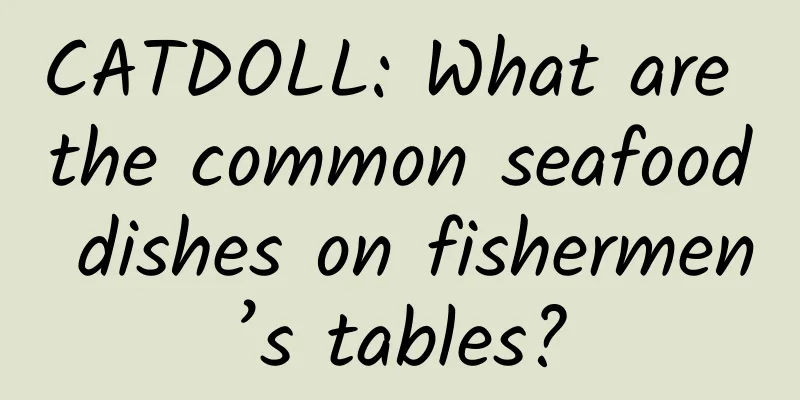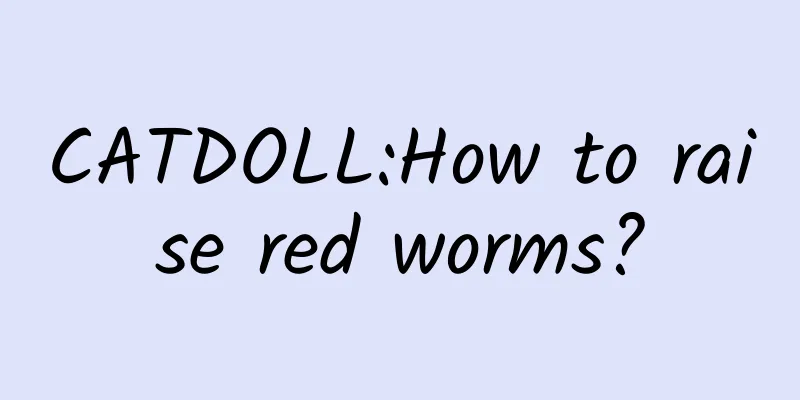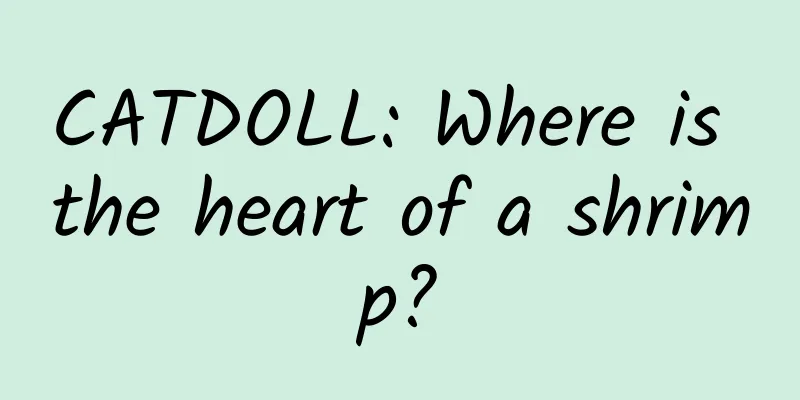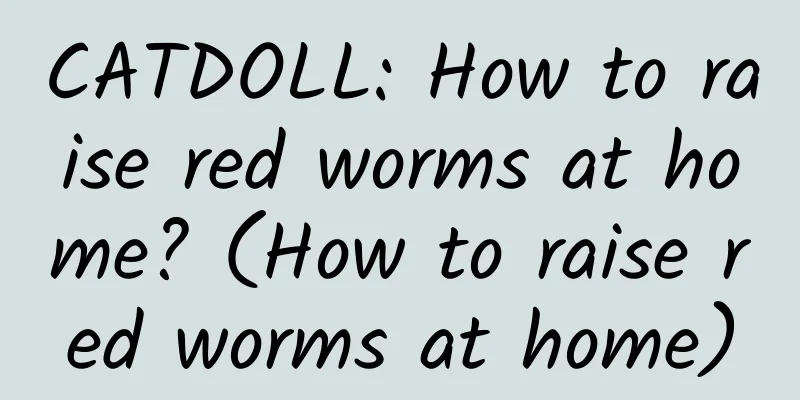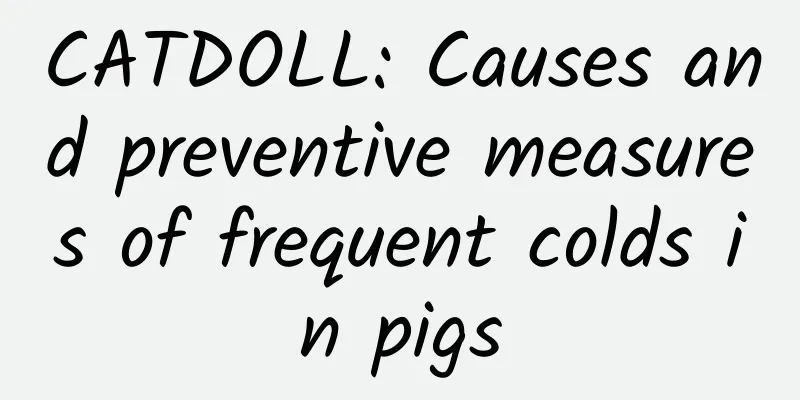CATDOLL : CATDOLL: Can any kindhearted person give me some advice? My grasshoppers are dying so fast!!!

|
If the humidity in the feeding shed is too dry (less than 10%) and there is insufficient food with high water content, the insects will die if they do not get enough water, especially in the third and fourth instars. Due to their rapid growth, the temperature is too high during molting and there is insufficient food, so locusts will chew anything they come across. Poor quality forage is very detrimental to the growth of locusts, so they should be fed with water-rich forage in a timely manner. If the temperature is high (above 40 degrees) or low (below 13 degrees) for a long time, locusts will not eat and will die of starvation due to heat or cold. This phenomenon is rare in Yunnan. If the temperature remains above 40 degrees for a long time after the film is connected, you can put some rotating straw bundles in the shed and spray water on it to cool it down. The shed was too humid, it had been raining for a long time, the air humidity was high, the feed was not cleaned in time, water flooded into the shed, the ground was too humid, the locusts got intestinal diseases and died. At this time, there was no food in the stomach of the dead locusts, only some red water, there were insects biting on the gauze, and black water was spitting out of their mouths. Mold poisoning, high humidity on the ground or in the air, high temperature, long time, and too much residual material and feces accumulated in the shed causing mold, locusts can be poisoned and die from eating them, so the shed should be cleared immediately. The stocking density is too high, and the water-rich food is insufficient, resulting in the strong eating the weak and the big eating the small. The insects that are molting or have just molted are eaten by leftovers. Pay attention to the newly hatched larvae. If there is an ant nest in the shed, you must use boiling water to kill them. One ant can catch one larva. Or spread some reed branches on the ground at a certain distance from the ground to play a certain defensive role for the larvae during their escape. Crickets are also the natural enemies of locusts. The growth conditions of crickets are very similar to those of locusts. There will be crickets in the breeding shed. The insects that have just shed their skin will be eaten by the crickets. Remove them immediately if you find them. Death during molting. In a shed with high stocking density and uneven hatching rate, there are insects of all ages. When the second and fifth instars coexist, the forage supply is insufficient and the big eat the small. If about half of the insects have emerged, they will be frightened and fly around during the feeding process. They will knock down the insects hanging upside down on the net and cannot complete the molting and die. When high-density breeding is carried out, some reed branches and corn stalks should be placed in the shed to use the upper space as a habitat for locusts and as an easy attachment for locusts to molt. Locusts have extremely tiny pores all over their bodies. If there are crops planted around the breeding farm, be sure to cover them with plastic film when applying pesticides. Domestic cats may also bite the screens out of curiosity about the insects jumping around in the shed, so be careful. The unexplained death of locusts and the phenomenon of population degeneration, the small number of eggs laid in small-scale breeding and the lack of hybridization have led to a higher chance of inbreeding, resulting in poor physique of the next generation and a high mortality rate during the breeding process. Death before and after eclosion has something to do with the insect's physical condition. During eclosion, the insect is not full. When the weather is good and the light is sufficient, the insect will eat the remaining hay in the shed or the wet feces on the ground. In this way, the insect will be weak due to insufficient nutrition. When molting, it will take a lot of physical strength to molt. After molting, the insect will eat more than 4 hours. The insects that were already in a weak state before cannot eat after molting. When they encounter high temperature and dryness, low temperature and humidity, they die due to poor resistance. Before eclosion, during the 1-3 instar period, the upper jaw of the insect is not fully developed, and the digestive system has weak absorption. It must be fed with fresh, nutritious, and high-water content forage. During the feeding period, it should be spread less and added frequently to drive the larvae to exercise more to strengthen the physique. The larvae increase a lot in size after each molt, and the nutrition required is more. If the larvae are still malnourished at the last molt of the 5th instar, they cannot complete the molt, because the last molt consumes more physical strength and nutrition than the previous 4 times. The fodder must be sufficient, spread less, add frequently, 3-4 times. The egg-laying worms must be more than 60 kilograms to reduce the chance of inbreeding. During the egg-laying period, the fodder for the worms should be diversified, two or three kinds of fodder should be fed, and wheat bran or cornmeal should be appropriate, but not too much. Ensure that the worms have sufficient light, drive them more often to let them fly, and strengthen their physical fitness. The shed must be dry. Hope it helps |
<<: CATDOLL: The harm of locusts
>>: CATDOLL: What preparations are needed to easily raise Dubia cockroaches?
Recommend
CATDOLL: Who is stronger in NBA, the Hornets or the Spurs?
1. Who is stronger in NBA, the Hornets or the Spu...
CATDOLL: What is the Chinese zodiac sign of the founder of sericulture and silk reeling? (What is the Chinese zodiac sign of the founder of sericulture and silk reeling?)
1. The founder of sericulture and silk reeling? L...
CATDOLL: The process of raising silkworms and various matters needing attention (The process of raising silkworms and various matters needing attention)
1. How to raise silkworms? 1. Steps of silkworm r...
CATDOLL: How to raise newly hatched arowana?
How to raise newly hatched arowana? The first day...
CATDOLL: Is it a good idea to raise lobsters in rural areas? What are the risks of raising lobsters?
The main reason we consider lobster farming dange...
What happens if a cat eats cooking oil?
Cats may experience gastrointestinal discomfort,...
How long after the cat has been given an injection can it be bathed?
Cats need to wait for about a week after vaccinat...
CATDOLL: How to breed red worms?
Bloodworms, also known as "water fleas"...
CATDOLL: How to raise fly larvae to feed chickens (How to raise fly larvae to feed chickens video)
1. Can fly maggots be fed to chickens? How to fee...
CATDOLL: How to breed snails
The stocking density of snails is generally 100-1...
What is the quality of Zhengbang suckling pig feed? Professional analysis will help you understand
Characteristics of Zhengbang suckling pig feed As...
CATDOLL: Pig feed formula | How to prepare pig feed reasonably
Feed formula plays an important role in the growt...
CATDOLL: Pokémon Emerald Gold Finger Tuning Monster
It's actually very simple. Click Gameshark in...
How many owners will a cat recognize in its lifetime?
How many owners does a cat recognize in its lifet...
CATDOLL: Development status and prospects of Shandong special breeding farms
Shandong special breeding farms have been a topic...
